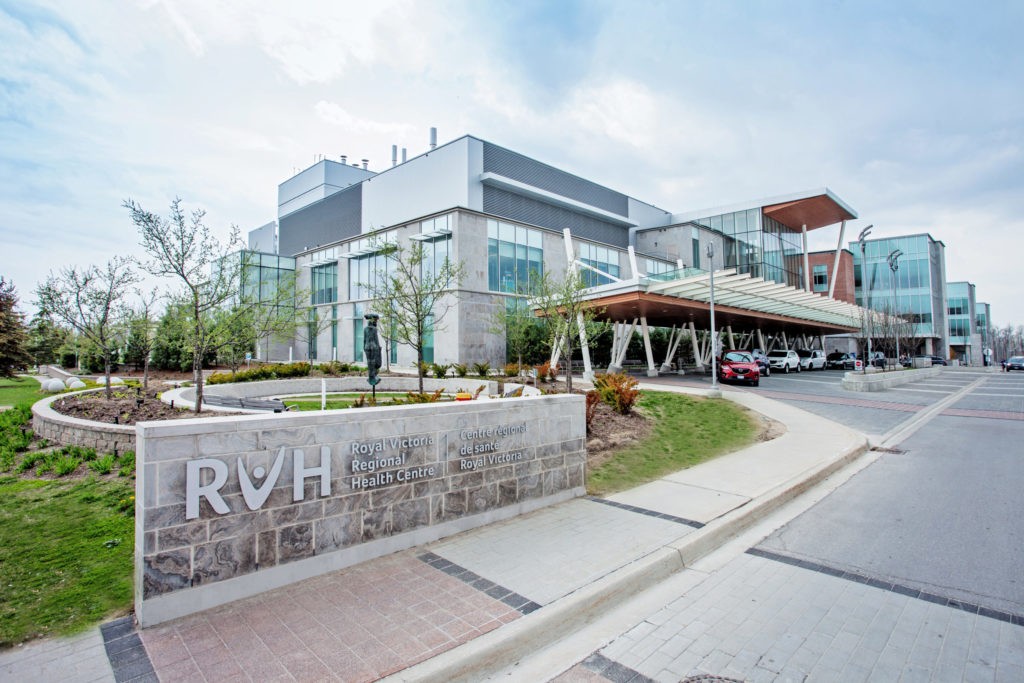A Level III Trauma Centre is an acute care hospital that has the ability to manage and provide quality care for patients generally suffering from a single-system injury as well as triage and stabilize multi-system injury patients for transfer to a Lead Trauma Hospital (Level I/II Trauma Centre). Please refer to the Ontario Trauma Centres: Minimum Standards available on CCSO’s website for additional details.
In FY 2021-22, the Regional Trauma Networks1 (RTNs) identified hospital sites that fulfilled the criteria to function as Level III Trauma Centres. The Ministry of Health provided funding to four of these sites, with an additional two centres approved for funding in FY 2022-23. The funding provides the resources to establish and maintain the following programmatic components at these six Level III Trauma Centres:
- Medical Director
- Trauma Program Manager/Coordinator
- Data Analyst/ Project Coordinator
These roles provide the foundation for building a trauma program, in close partnership with the Lead Trauma Hospitals, that will support leadership and accountabilities regarding their role in treating injured patients. By establishing policies, procedures, and processes that support the care of injured patients, and capturing data on this.
The Level III Trauma Centres will play a more established role within the RTNs. In collaboration with RTNs and Lead Trauma Hospitals, the Level III Trauma Centres will:
- Treat and safely manage injured patients according to current services and triage and stabilize multi-system injury patients for transfer to the Lead Trauma Hospital;
- Participate in quality improvement initiatives, such as education and outreach;
- Participate in injury prevention initiatives through the RTNs;
- Implement best practices to safely treat and manage injured patients;
- Partner with system providers, such as EMS, Ornge, etc. to identify other roles/responsibilities to support the care of injured patients; and,
- Participate in entering data into the Ontario Trauma Registry to support performance management.
These Level III Trauma Centres already care for a volume of injured patients. With programmatic supports to ensure care consistently delivered according to best practices and a mechanism to describe this by contributing data to the provincial trauma data set, these Level III Centres begin to further shape an inclusive trauma system for Ontario. The funding will allow these centres to establish and maintain programmatic supports to address the following trauma system needs:
- Opportunities to improve coordination of patient care and services between Lead Trauma Hospitals and Level III Trauma Centres;
- Improve Level III Trauma Centres’ access to trauma-specific education, coordinated injury prevention and mass-casualty planning; and,
- Enable more comprehensive data capture and system planning for injured patients in Ontario with the participation of the Level III Trauma Centres in the Ontario Trauma Registry.
The hospitals identified as Level III Trauma Centres were identified after due diligence and a thorough process followed by Regional Trauma Networks, Critical Care Services Ontario, Ontario Trauma Advisory Committee, and Trauma System Capacity and Capabilities Working Group using the following criteria:
- Access to the core resources/services to treat/manage injured patients consistent with the Ontario Trauma Centres: Minimum Standards outlined by the System Capacity and Capability Working Group and Ontario Trauma Advisory Committee;
- Already treats and manages injured patients within the region;
- Fully supportive executive and medical leadership; and,
- Geographically strategic location (distance from Lead Trauma Hospital and nearby hospitals).
The role of Level III Trauma Centres will be evaluated over time and may change based on the needs of patients served within the Regional Trauma Network and the goal of an inclusive trauma system to ensure the right patient is cared for at the right place, which may be closer to home.
The timeline for any such change is yet to be determined as no changes to trauma volumes or referral patterns are currently being considered. The Level III Trauma Centre – Implementation Task Group and the Regional Trauma Networks aim to ensure the successful implementation of the trauma program at Level III Trauma Centres. Therefore, before any discussions regarding changes to the role of Level III Trauma Centres begin, the key foundational elements including management and governance, roles and responsibilities, and health human resources must be in place at Level III Trauma Centres. Additionally, all relevant stakeholders including Level III Trauma Centres would be consulted and effective change management will be followed to prevent any disruption in the current delivery of care.

